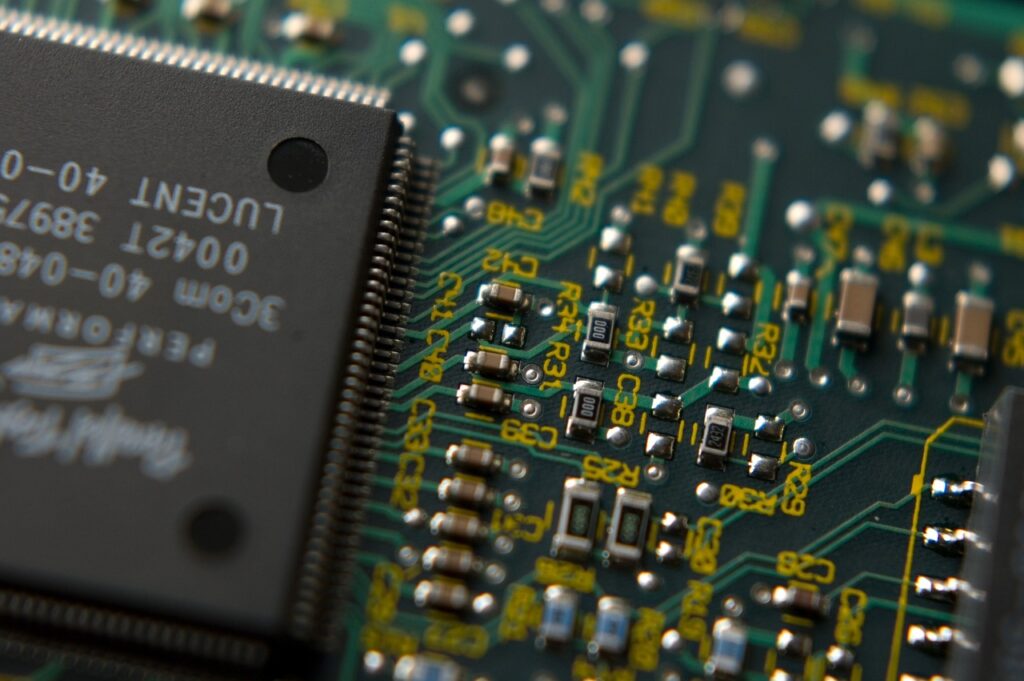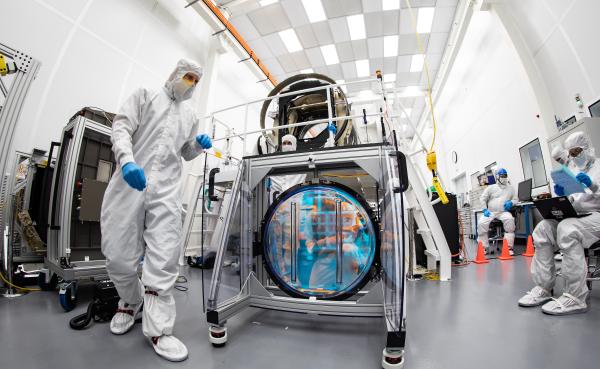The government of India has made a major investment in semiconductor and electronics production, signaling a strategic move to boost domestic manufacturing. Approved projects include the construction of the country’s first state-of-the-art semiconductor fab, as well as two packaging and test facilities. With an investment of 1.26 trillion Indian rupees ($15.2 billion), the initiative aims to enhance supply-chain resilience and meet the growing demand for locally-produced chips.
The joint venture between Taiwan-based foundry Powerchip Semiconductor (PSMC) and Tata Electronics, a branch of India’s $370 billion conglomerate, will spearhead the construction of the $11 billion fab. Capable of producing chips ranging from 28 to 110 nanometers, with a monthly capacity of 50,000 wafers, the fab will focus on manufacturing chips for power management, display drivers, microcontrollers, and high-performance computing logic. These products align with the needs heightened by the recent chip shortage.
Alongside the fab, the government has also greenlit investments in two assembly, test, and packaging facilities. Tata Electronics will build a $3.25 billion plant in Jagiroad, focusing on a range of packaging technologies, including wire bond, flip-chip, and system-in-package. Another joint venture involving Renesas, Stars Microelectronics, and India’s CG Power and Industrial Solutions will establish a $900 million packaging facility in Sanand, Gujarat.
To attract investments, the Indian government has implemented generous incentives for chip companies. Reimbursements of up to 50 percent of the fab’s cost are offered for approved silicon fabs, while test and packaging facilities may receive reimbursements of $6.5 million. These incentives have made India an attractive destination for semiconductor manufacturing, particularly considering the country’s growing consumer market, which was worth $22 billion in 2019 and is projected to reach $110 billion by 2030.
The investment in semiconductors is expected to have a positive impact on the Indian economy, generating over 20,000 skilled jobs in the region. It will also support the academic system, with the aim of attracting engineering students and establishing India as a prominent semiconductor hub.
India’s $15 billion investment in semiconductors marks a significant milestone in the nation’s journey towards self-reliance in this strategically critical industry. With the establishment of state-of-the-art manufacturing facilities, India is well-positioned to meet its domestic demand while contributing to the global supply chain.
Article Source: IEEE Spectrum
Image by Dan Williams from Pixabay









